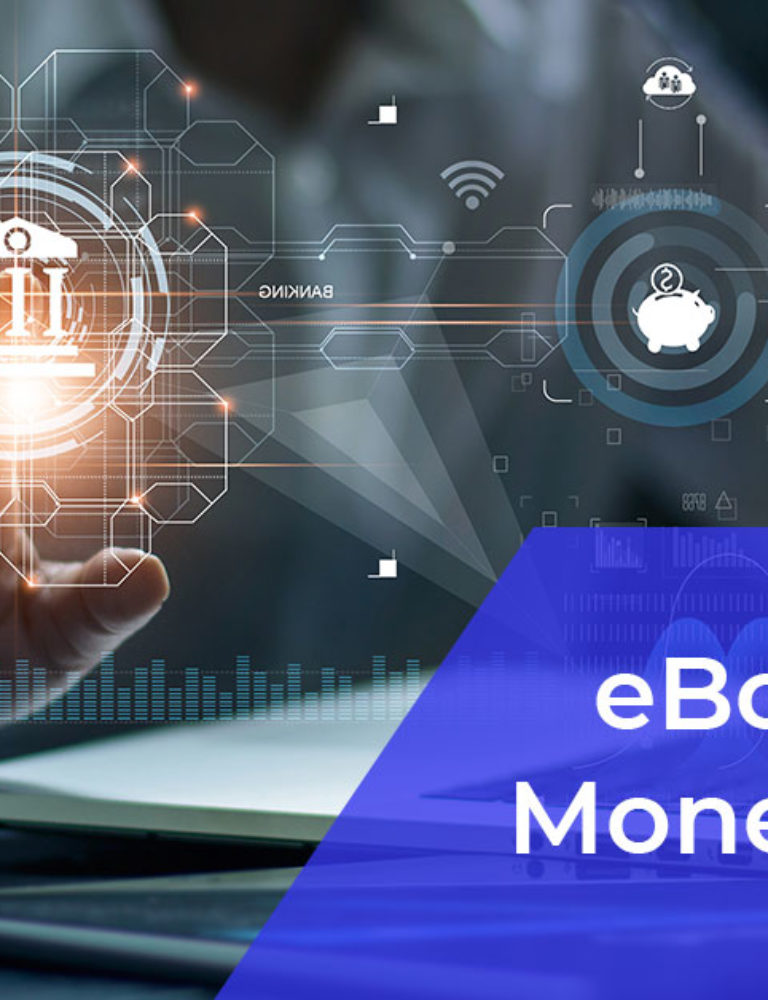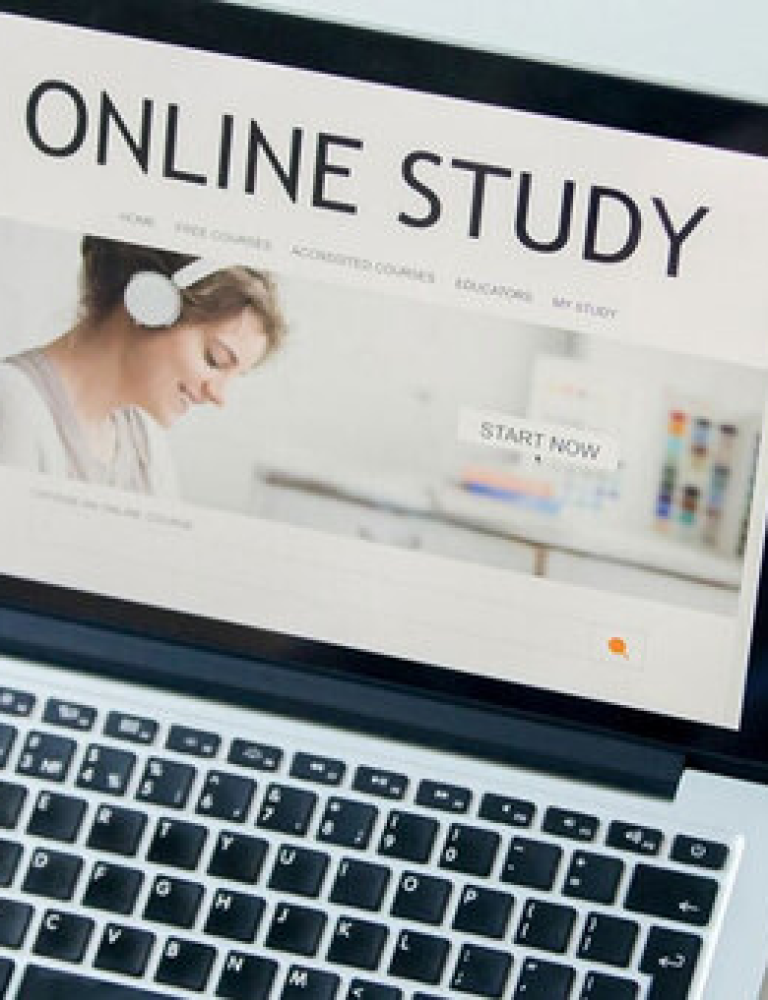In the landscape of digital media, where trends emerge at a rapid pace, content creators and editors find themselves rapidly adjusting to a content revolution that is morphing the way in which information is accessed and consumed.
For content editors within the K12 sector, strategically embracing innovative ideas is crucial to enhance the K12 education experience consistently. This goes beyond mere adaptation; it is an essential process for ensuring that education remains dynamic, engaging, and responsive to evolving needs.
In this post, we will discuss some of the latest trends for navigating the digital landscape and explore how content editors and general managers can develop engaging content to encourage a collaborative authoring environment. Let’s start!
Table of Contents:
I. The Content Revolution in the Digital Era
- Virtual Classrooms
- Customizable Content for Different Learning Styles
- Data-Driven Educational Content
- Future-Proof Educational Content
- Authentic Educational Content
II. Adapting to a Collaborative Authoring Environment
III. Conclusion
The Content Revolution in the Digital Era
When it comes to educational content in the K12 sector, the greater availability of credible information brought about by technical advancements requires a more flexible learning environment.
Traditional teaching approaches are no longer sufficient to fulfill these requirements, which have led to a content revolution supplemented by digital resources.
Understanding the following revolutionary techniques is essential for developing valuable and current K12 educational materials:
Virtual Classrooms
Alongside the digital revolution, there is a need for content strategies that go beyond traditional classroom settings through the implementation of diverse multimedia elements, engaging quizzes, and collaborative assignments that improve the virtual learning experience:
- Virtual Classrooms and Simulations: Creating virtual simulations provides students with a safe and productive environment to explore new concepts in a practical manner, helping enhance the retention of more complex subjects.
- The Role of Textbooks: Traditional textbooks are now being complemented or replaced by digital resources in virtual classrooms.
In this regard, digital textbook platforms like KITABOO have emerged as valuable tools in the realm of virtual classrooms. It offers interactive and multimedia-rich digital textbooks, transforming the way students access and interact with educational content.
Customizable Content for Different Learning Styles
The diversity among learners in the K12 sector requires a more nuanced teaching approach compared to traditional classroom learning. The recognition of various learning styles allows content editors and creators to involve multimedia content such as audio and videos, facilitating a more inclusive learning experience:
- Interactive Learning Paths: Interactive learning paths give students the agency to choose the steps in their educational journey, developing a sense of ownership in the learning process.
Accessible Design Principles: More accessible design protocols help ensure that content is inclusive for students with diverse learning needs. Factors such as adjusting font attributes, colors, and alternative text for images are significant for creating accessible K12 content.
Data-Driven Educational Content
In the digital age, quantifiable data is a valuable resource for content editors in order to understand their audience preferences and further optimize content accordingly. The insights gained from data analysis allow for resourceful and data-driven decision-making. In the K12 sector, this helps create the most impact with these benefits:
- Tracking User Engagement: User engagement data metrics can help contextualize the reasons behind particular content techniques that students positively respond to. This analysis can help inform future decisions and strategies to create increasingly effective content.
- Personalized Recommendations: Data-driven algorithms are able to suggest content based on previous learning history in order to build and enhance the overall learning experience. More personalized content suggestions help keep students engaged with the content and motivate them to explore different topics.
Future-Proof Educational Content
The anticipation of future educational trends and incorporating broadly flexible elements into content creation helps to ensure that K12 materials are able to remain relevant and usable for a longer time period. This approach requires a commitment to continuous improvement through the implementation of the following:
- Integration of Emerging Technologies: Developing technologies such as artificial intelligence and immersive simulations help content editors and creators implement more personalized and engaging strategies, such as gamification, to integrate updatable and incremental elements into interactive educational content.
Analyzing Content Attributes: Conducting regular content checks can help content editors detect any outdated or ineffective educational material. Implementing a proactive approach helps educational content stay current and in line with the latest educational standards.
Authentic Educational Content
Authenticity and credibility are imperative in the K12 education sector for maintaining the accuracy and reliability of educational content. Objective content checks, peer reviews, and collaboration experts are essential for maintaining the content’s integrity:
- Reliable Sources: Content editors perform the essential role of obtaining content from reliable sources and ensuring that the information is accurate and up-to-date. Credible sources help in developing trust and a sense of loyalty among educators and students.
- Expert Advice: Collaborating with educational experts and industry professionals provides credibility and integrity to educational content. Their insights and perspectives enhance the overall quality of the material, making it more valuable and effective in its role.
Adapting to a Collaborative Authoring Environment
In the educational content revolution, collaborative authoring environment strategies bring together educators, content creators, and experts to create a diverse knowledge base.
Here are some key strategies to adapt to a collaborative authoring environment in the context of educational content creation:
Use Online Platforms for Collaboration
Editors can implement online platforms that allow for real-time collaboration among content creators, educators, and experts. Digital textbook platforms such as KITABOO can help content editors streamline the content creation process, develop a sense of community, and ensure platform compatibility.
Receive Feedback
Feedback from educators in the collaborative process helps content editors refine their methods in order to meet the needs of students. A dynamic implementation of feedback mechanisms allows for the continuous improvement of educational content.
Take Updates
An iterative approach to updating content allows editors to respond quickly to any evolving educational requirements, utilizing user feedback to keep educational material relevant and aligned with the curriculum.
Conclusion
As technologies continue to develop, editors play a major role in shaping the future of K12 educational content in a way that resonates with students and educators alike, developing a positive and accessible environment in education.
If you’re looking for a digital textbook platform to create, publish, and distribute engaging and interactive K12 digital content, try KITABOO. It helps streamline educational content as per academic standards while simplifying the implementation of interactive learning approaches like quizzes, and chapter summaries to provide students with dynamic learning resources.
Write to us at KITABOO@hurix.com to know more!
Discover How An Ebook Conversion, Publishing & Distribution Platform Can Help You
Kitaboo is a cloud-based content platform to create-publish & securely distribute interactive mobile-ready ebooks.
You May Also Like






